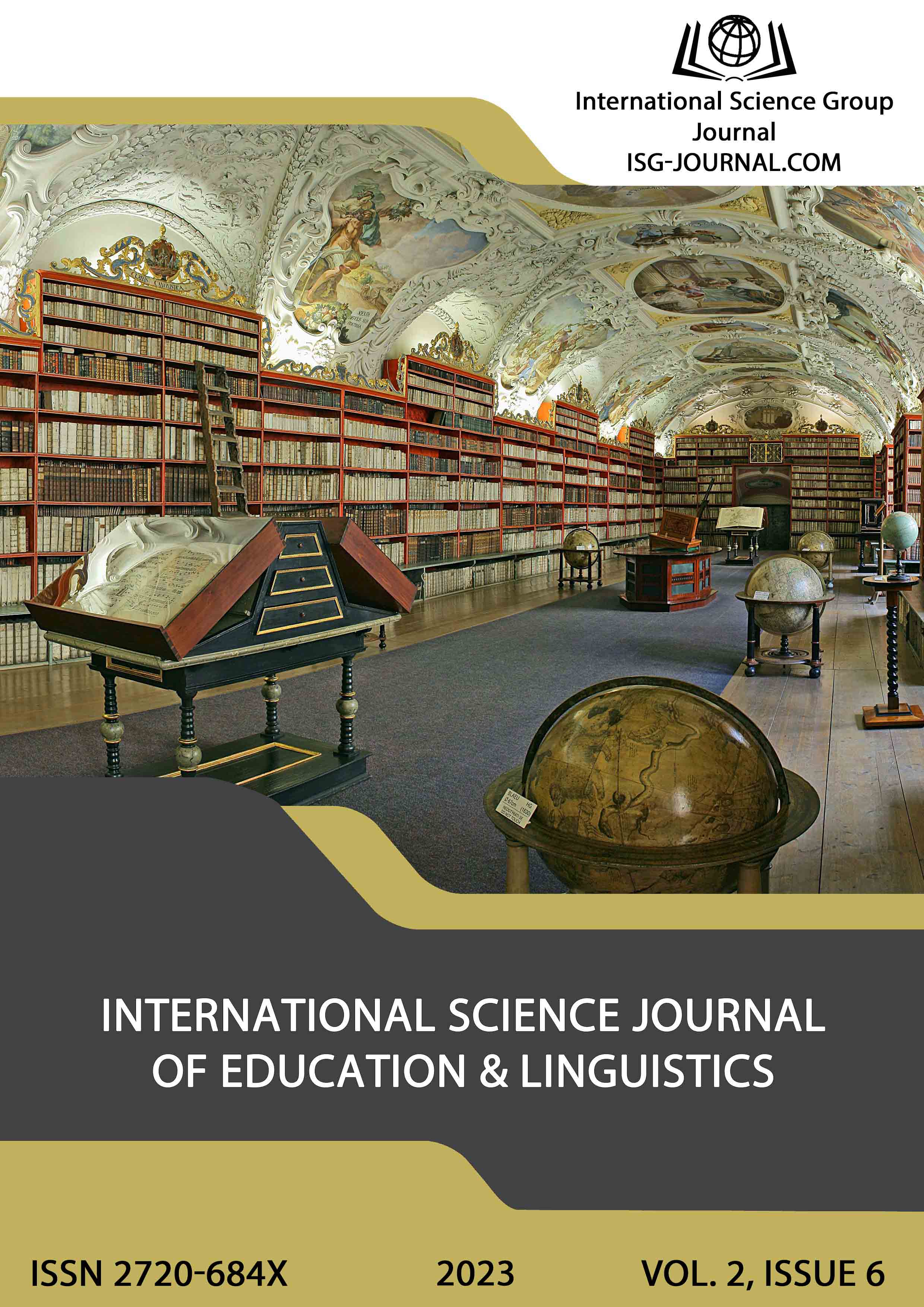Male stereotypes in English and Ukrainian paraphrases
DOI:
https://doi.org/10.46299/j.isjel.20230206.06Keywords:
age, gender, woman, linguistics, paremia, proverb, stereotype, manAbstract
The article explores male stereotypes in English and Ukrainian paraphrases. Stereotypes about men and women are reflected in cultural expressions such as paremics and proverbs. These stereotypes may differ in English and Ukrainian paremics, but they may also have some common features. It is important to note that these paremics can vary from region to region and from person to person. There are also modern approaches to gender equality and the understanding that stereotypes do not always reflect reality and should not determine the behaviour of men and women. Male stereotypes can be found in parables, or folk proverbs and sayings, in both English and Ukrainian-speaking cultures. They often reflect socio-cultural expectations and perceptions of what men should look like and what roles they should play in society. These stereotypes can affect men's perception of themselves and their role in society, as well as the interaction between the sexes. The article examines the terms "gender" and "stereotype" in detail, analyses gender as an object of study in linguistics. The results of the analysis showed that the analysed paremics related to the age of men confirm the truth that it is important for women to always stay young and look good, while men do not care how old they are, it is important for them to be in good physical condition and have good health. Older men are considered wise people who should be listened to. The English and Ukrainian paraphrases that belong to the thematic group where social stereotypes were discussed also show an approved fact for both societies. For women in both English and Ukrainian proverbs, the most important role is that of a good wife and mother. As for men, they should not only be courageous, but also provide well for their family. A man-father is not only a person who creates a good material well-being in the family, but he is also an experienced person who becomes an authority for his children. The analysed parables also show that all men want to marry friendly and faithful women who are good mothers for their children and good housewives for their husbands. Having an attractive, kind, housewife and young wife by his side is the key to success and prosperity for any man. It is important to remember that modern society is evolving, and stereotypes are gradually being revised and changed to reflect the more diverse individual characteristics and capabilities of men.References
Щотка, О. (2019). Гендерна психологія: навч. посіб. Ніжин, 358.
Мартинюк, А. (2004). Конструювання гендеру в англомовному дискурсі. Харків, 215.
Аnnen, D. (1994). Gender and Discourse. New York, 356.
Koestler, A. (1964). The act of creation. New York, 751.
Basow, S. (1992). Gender stereotypes and roles. New York, 447.
Lippmann, W. (1922). Public opinion. New York, 427.
Lakoff, G. (1987). Women, fire and dangerous things: What categories reveal about the mind. Chicago, 614.
Tannen, D. (1991). You Just Don’t Understand: Women and Men in Conversation. New York, 243.
Shestakov, V. (1982). Guide on Identification and Elimination of Negative Sex Stereotypes in School Textbooks and Children's Literature and Promotion of a Positive Image of Women. Paris, 268.
Lakoff, R. (1973). Language and Woman's Place. London, 80.
Baron-Cohen, S. (2003). The essential difference: men, women and the extreme male brain. London, 263.
Пазяк, М. (1984). Українські прислів’я та приказки: проблеми пареміології та пареміографії. Київ, 203.
Speake, J. (2007). The Oxford Dictionary of English Proverbs. Oxford, 625.
Walker, C. (2000). Scottish Proverbs. Glasgow, 335.
Багмет, А. (2002). Збірка українських прислів’їв та приказок. Київ, 211.
Downloads
Published
How to Cite
Issue
Section
License
Copyright (c) 2023 Olena Chevychelova

This work is licensed under a Creative Commons Attribution 4.0 International License.





